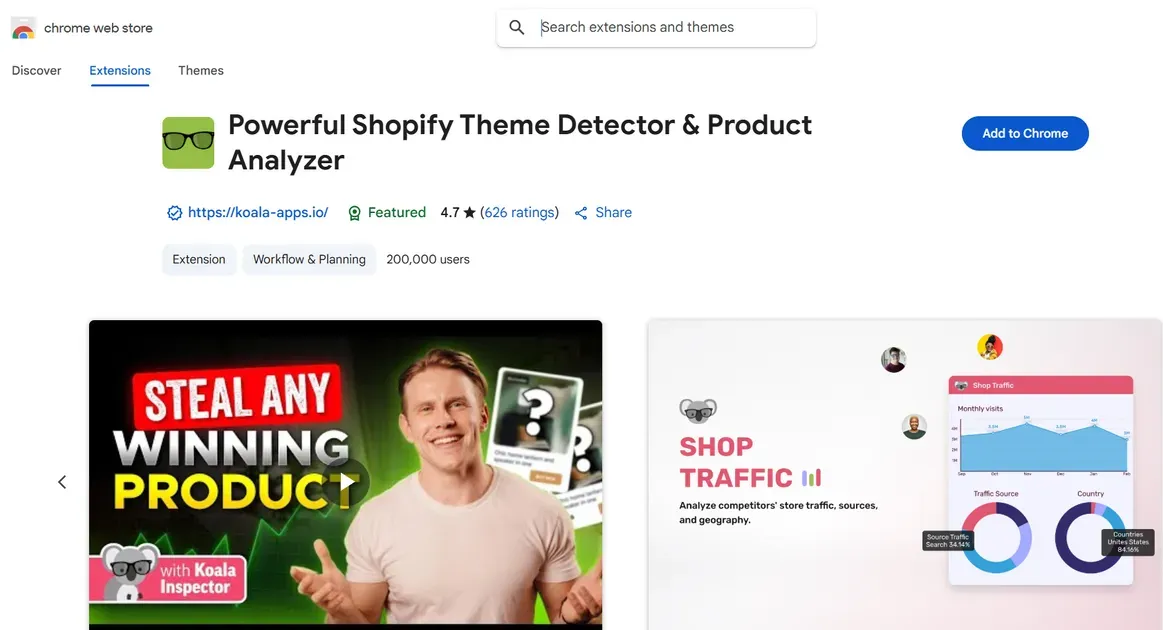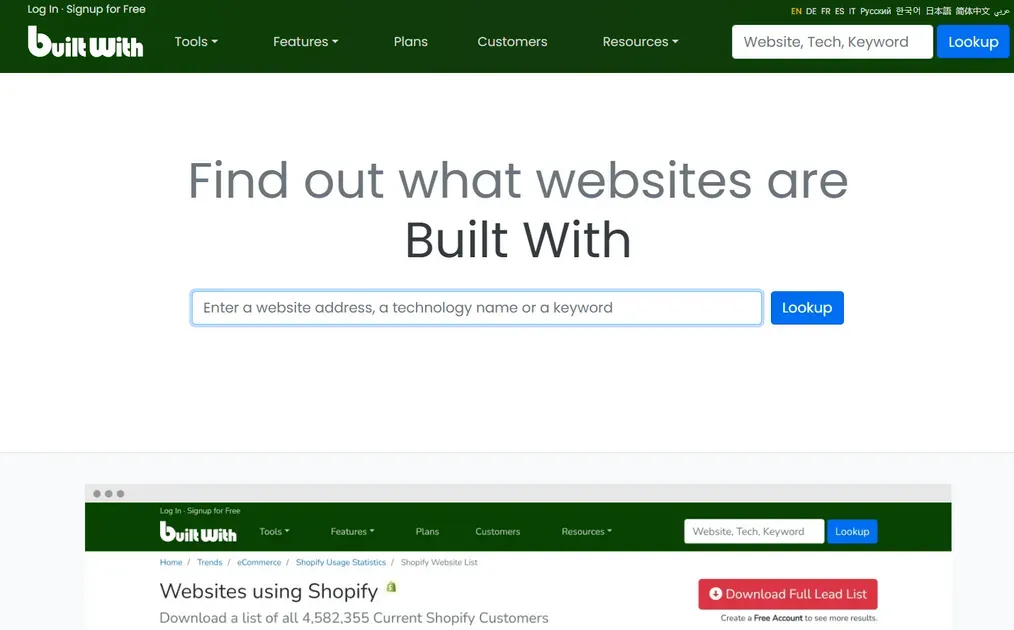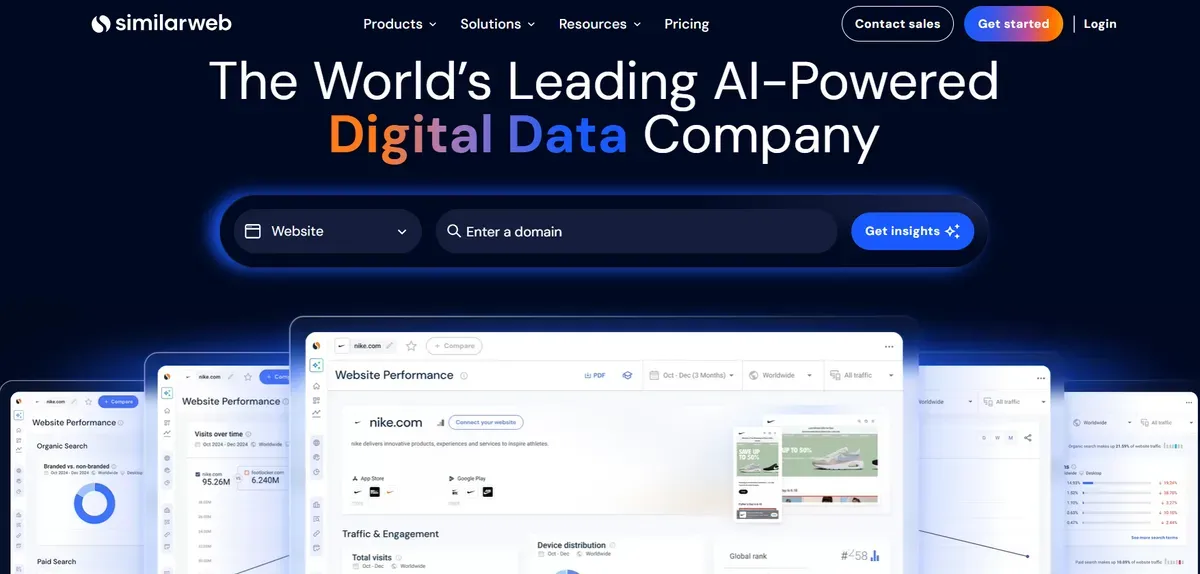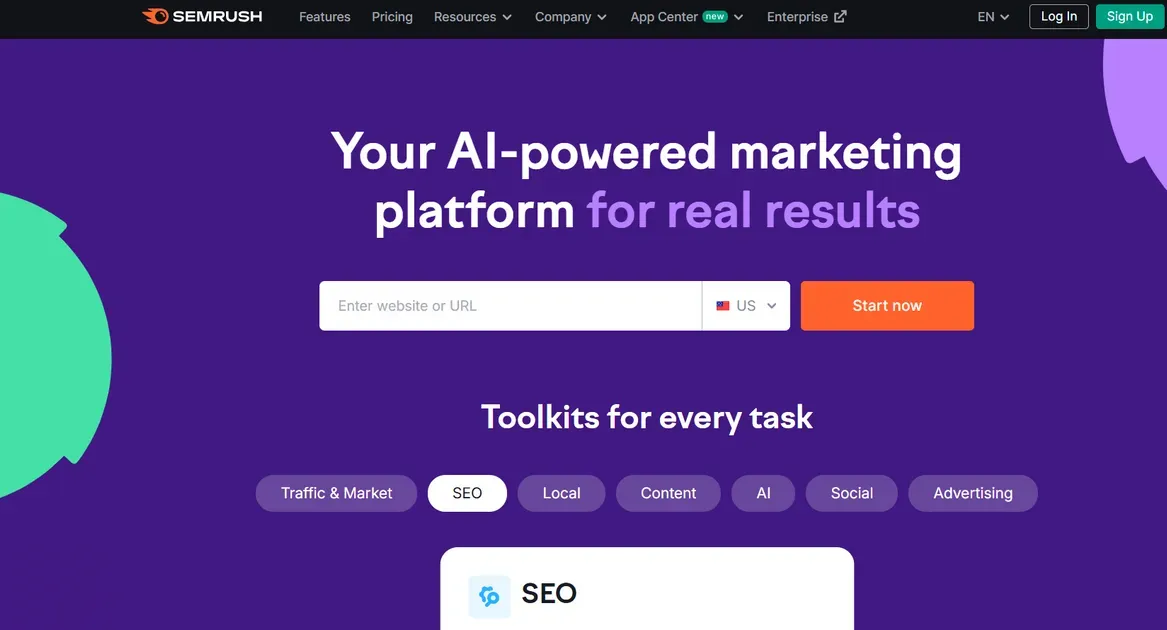How to Analyze Shopify Competition and Outsell Your Rivals?
- What Is Shopify Competition Analysis and Why Does It Matter?
- How to Identify Your Shopify Competitors
- Tools You Can Use to Analyze Shopify Competitors
- Strategies to Outsell Your Shopify Competitors
- How Often Should You Analyze Your Competitors?
- Common Mistakes to Avoid in Shopify Competitor Analysis
- FAQs About Shopify Competition
- Closing Words
Who else is selling what you're selling—and how can you sell it better? With so many players in e-commerce, knowing Shopify competition analysis is essential for gaining an edge. This guide breaks down everything you need to know from uncovering your rivals to studying their products, marketing, and customer service. Discover powerful tools, winning strategies, and real brand examples to help you analyze your Shopify competitors and outsell them with confidence. Ready to unlock your competitive edge? Let’s dive in.
What Is Shopify Competition Analysis and Why Does It Matter?

Shopify competitor analysis involves examining rival stores to learn how they market, sell, and engage their audience. It helps reveal what they do well, where they fall short, and how your store can stand out.
This process gives you a clear view of the market. You’ll see what products are trending, how prices shift, and what customers expect. It also shows which strategies work and which ones fail.
By analyzing competition, you can:
Discover gaps in the market
Improve product offerings
Adjust pricing for better margins
Craft stronger marketing messages
This insight helps make smarter decisions across your store, from product choices to promotions. More than just tracking others, it’s about building a stronger brand that connects with your target audience and wins long-term loyalty.
If done right, Shopify competition analysis has become a powerful tool for growing sales, improving performance, and staying ahead of the market.
How to Identify Your Shopify Competitors
A strong Shopify competition strategy starts with knowing who the real players are. Identifying and analyzing competitors helps reveal market gaps, customer needs, and ways to outperform. Here’s how to do it step by step.
Find Out Who Your Competitors Are

Start by spotting both direct and indirect competitors. Direct ones sell similar products. Indirect ones offer different products that solve the same problem.
Use these tools to begin your search:
Google search: Search product-related keywords and determine which stores appear at the top.
Amazon: Browse similar items and check the best sellers.
Social media: Use social channels like Facebook, Instagram, and TikTok to identify niche-specific rivals.
Review Their Product Line and Offers
Next, dive into what your competitors sell. Look at variety, pricing, design, and standout features. This helps identify what sells and where to offer something better.
Tools to explore:
Competitor Websites: Visit product pages and note categories, bundles, and pricing.
Review Sites: Check feedback on Trustpilot, Google Reviews, or Yelp.
Price Comparison Sites: Use platforms like Google Shopping or PriceRunner.
Look Into Their Marketing Tactics

Explore how competitors promote their products. Marketing often reveals what drives traffic and sales. Here’s what to check:
Social media posts and ads
Influencer partnerships
Blog content and SEO
Helpful tools you should consider:
Hootsuite or Sprout Social: Track engagement and performance.
SendView: Study email strategies.
Examine the Customer Journey They Provide
Customer experience plays a huge role in online success. Study how competitors manage returns, shipping, checkout, and support. This exposes weak spots you can improve.
Tools to explore:
Review Sites: Use Google, Sitejabber, or Trustpilot for feedback on the service.
Social Media: Read customer comments and brand responses on posts.
Mystery Shopping: Place a small order and document the full shopping process.
Track How Their Business Performs

Monitoring performance reveals patterns and helps adjust your approach during Shopify competitor analysis. Use the following tools:
SimilarWeb: View traffic estimates and top pages.
Google Analytics (for your site): Compare performance indicators.
Brand24 or Mention: Watch for mentions, press coverage, and customer chatter.
Industry reports: Use published research to stay on top of trends.
Tools You Can Use to Analyze Shopify Competitors
To stay ahead in the Shopify competition, sellers need access to accurate and real-time insights. The right tools reveal what competitors are doing—what's working, what isn’t, and where opportunities exist. Here are five tools designed to sharpen your Shopify competitor analysis and help make data-driven decisions.
| App | Key Features | Best For | Pricing |
| Koala Inspector | App insights, product stats, traffic data, ad info | Shopify store spying |
|
| BuiltWith | Technology stack, apps, themes, mail host | Website tech analysis |
|
| SimilarWeb | Traffic overview, revenue estimates, demographics | Website traffic and market data |
|
| SEMrush | SEO, keyword research, ads, traffic analytics | All-in-one marketing platform |
|
| Ahrefs | SEO audit, backlink analysis, competitor keywords | SEO-focused competitor research |
|
#1. Koala Inspector

Koala Inspector is a feature-rich Shopify analysis tool that offers more than standard browser extensions. It integrates smoothly into Chrome, offering deep insights into competitor stores and inspiration sources. This tool stands out for its ease of use and rich data that helps track rivals in the e-commerce space.
Key features:
Detailed breakdown of apps used by competitors
Product performance statistics and trends
Traffic flow insights for competitor stores
Information on retailer partnerships
Advertising campaign details
#2. BuiltWith

BuiltWith is designed to reveal the technology behind any website, including Shopify stores. It highlights the tools and services powering a site, which helps understand competitors’ tech choices.
Key features:
Identification of installed Shopify apps
Mail hosting providers
Content Delivery Networks (CDN) in use
Shopify theme details
Tracking and analytics tools
#3. SimilarWeb

SimilarWeb excels in website traffic monitoring and offers additional insights like estimated revenue and visitor demographics. This insight gives businesses a clearer picture of who their competitors are targeting and how successfully.
Key features:
Estimated company revenue
Monthly visitor numbers
Bounce rate analysis
Geographic traffic sources
Visitor age demographics
#4. SEMrush

SEMrush offers a full suite of tools designed to support both search engine optimization and digital advertising. It provides detailed competitor data to improve marketing tactics.
Key features:
Keyword research and discovery
Competitor advertising strategies
Website traffic analytics
Backlink audit and management
#5. Ahrefs

Ahrefs helps track organic growth and understand Shopify competition through deep SEO insights. It supports strong, long-term strategies.
Key features:
Extensive keyword research
Competitor SEO strategy analysis
Site audit for SEO issues
Link-building opportunities
Strategies to Outsell Your Shopify Competitors
To thrive in the Shopify competition, great products alone aren’t enough. Brands that grow fast often use smart strategies to stand out, attract loyal customers, and keep competitors behind. Try these five tested methods to outperform your Shopify rivals.
Differentiate Your Product Offer

Offer something distinct that separates your product from the rest. Focus on what competitors lack—better quality, unique features, or more ethical sourcing.
Ways to stand out:
Limited editions or bundles
Sustainable or local sourcing
Customization options
Improve Your Brand Messaging and Unique Value Proposition
Clear, compelling brand messaging builds trust and loyalty. Highlight what makes your store different and why it matters to your customers. A strong Unique Value Proposition (UVP) clarifies benefits and solves customer pain points better than competitors.
Optimize SEO and Content Marketing

Boost your store’s visibility by targeting relevant keywords and creating valuable content. SEO helps attract organic traffic, while blogs, videos, and guides educate your audience and build brand authority. Both together strengthen your position against the Shopify competition.
Retarget Their Customers with Paid Ads
Use Facebook Pixel or Google Ads to retarget people who visit competitor sites. This brings warm leads into your sales funnel.
Retargeting tips:
Offer time-limited discounts
Show social proof in ads
Highlight USPs they didn’t see before
Offer Better Customer Service and Post-Purchase Experience
Shoppers remain committed to brands that offer great experiences. Improve delivery speed, return policies, and customer support. Add value after purchase through follow-up emails, exclusive deals, or satisfaction surveys. These steps build trust and repeat business, which are key to the Shopify competition.
How Often Should You Analyze Your Competitors?
For effective results in Shopify competition, competitor analysis should be done regularly, not just once. A good rule is to review key competitors every quarter. This helps track changes in pricing, marketing, product launches, and customer reviews.
Major market shifts or new entrants may require more frequent reviews—monthly or even weekly for fast-moving niches. Use tools like SEMrush or SimilarWeb for ongoing monitoring and alerts. Staying current helps identify trends early and adjust your strategy fast, keeping your store competitive and relevant.
Common Mistakes to Avoid in Shopify Competitor Analysis

Poor strategy can weaken your Shopify competition analysis, even with the right tools. Avoid these common mistakes to ensure your insights drive smarter business decisions.
Obsessing Over Price Wars
Trying to undercut every competitor on price can harm profits and brand value. Focus instead on product quality, unique features, or customer experience. Competing on value often drives better long-term success than lowering prices.
Blindly Copying Without Improving
Copying a competitor’s tactics without context can backfire. What succeeds for one company might not suit a different one. Use competitor insights to identify opportunities, not to duplicate blindly. Blend your brand’s individuality into each approach you take. Improvement should always be the goal.
Ignoring Indirect or New Market Entrants
Many brands focus only on direct competitors. This leaves them exposed to indirect competitors and startups entering the market with fresh strategies. Keep track of all players offering alternative solutions, even if their products are different. Staying aware of new trends protects your edge.
FAQs About Shopify Competition
How do I know who my real Shopify competitors are?
Real competitors sell similar products and target the same audience. Use tools like Google, Amazon, and Koala Inspector to identify them based on product keywords and traffic overlap.
Is it legal to spy on competitor stores?
Yes, using publicly available information like websites, ads, and product listings is legal. Tools like SimilarWeb and BuiltWith gather public data, not private or stolen information.
Can I legally copy a competitor's strategy?
You can study strategies, but you must avoid copying exact content, branding, or patented designs. Use insights to inspire improvements tailored to your business.
How do I track changes in competitor pricing?
Price tracking tools like Prisync and Price2Spy monitor real-time price updates across multiple Shopify stores.
Is it better to niche down when facing tough competition?
Yes. Narrowing your niche helps you stand out by solving specific customer problems and building stronger loyalty.
Closing Words
Mastering Shopify competition analysis gives your store a real edge in a crowded market. You can stand out and win customer loyalty by identifying competitors, studying their strengths, and applying more innovative strategies. Use powerful tools, stay updated regularly, and learn from industry leaders. With the right insights, your store won’t just keep up—it will lead.

Hey! I'm Linda Bui. Join me as we explore tips and tutorials about Shopify apps and Shopify themes for your Shopify store.
Start Building Trust Today
Install the Product Reviews app to improve your store's credibility and boost sales with real customer reviews.
Get Started with Zero CostWhat to not miss out on our blog
Gain insightful knowledge and invaluable experiences from dedicated experts.

Top 10 Christmas Shopify Theme Ideas for Holiday Store Makeovers
Looking for a Christmas Shopify theme that runs fast to refresh your shop? Check out these festive picks now. Make your storefront shine this holiday season.

Newsletter
Get all the stories you need-to-know from the most powerful name in news delivered first thing every morning to your inbox
_1200x630.webp)
